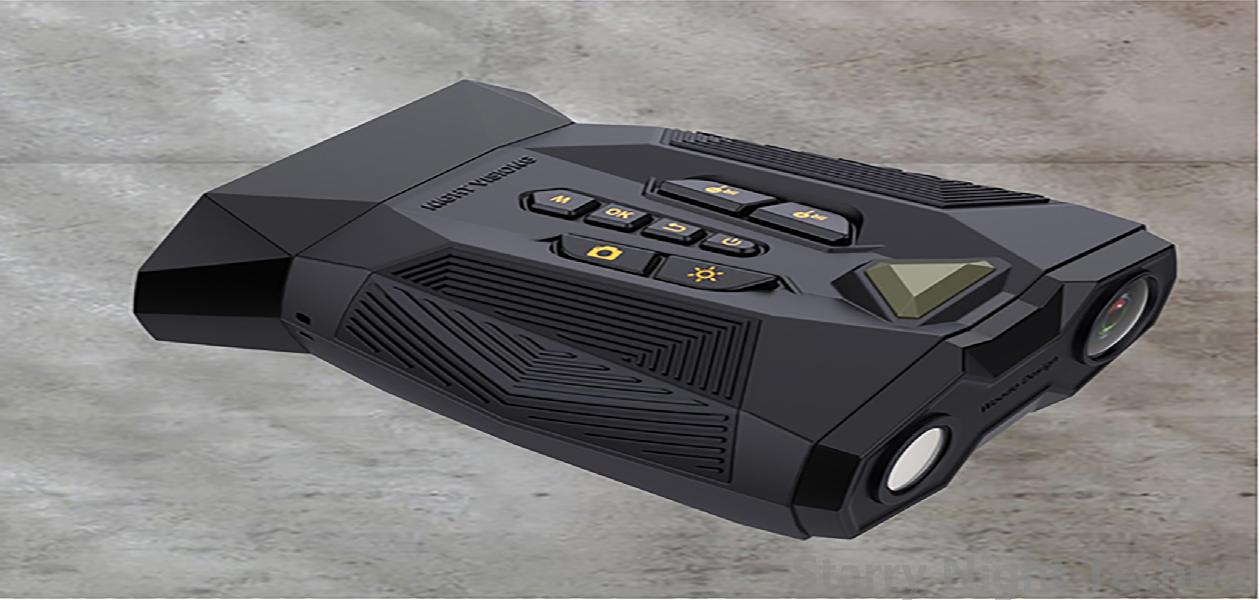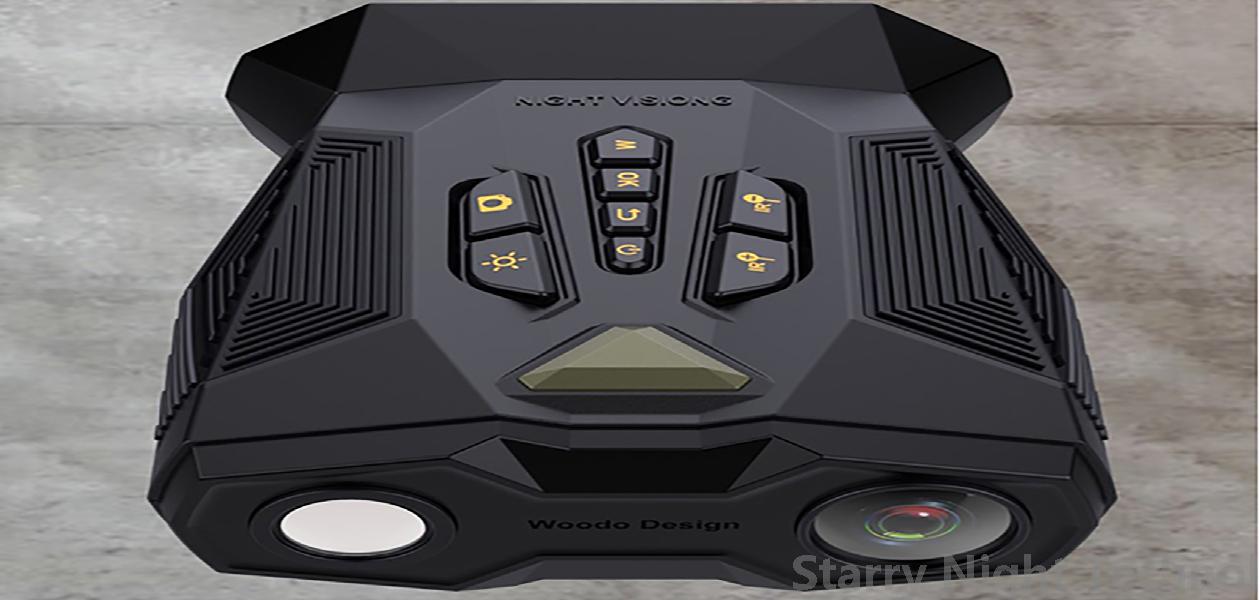"Night Vision Equipment: Revolutionizing Tactical Operations and Patient Care"
1760752817000

In an era where technology influences every aspect of our lives, night vision equipment stands as a beacon of advancement, radically transforming both tactical operations in defense and the healthcare sector. Initially developed for military applications, night vision technologies are now being harnessed to enhance safety, efficiency, and strategic capabilities, proving indispensable across multiple fields.
#### The Evolution of Night Vision Technology
The journey of night vision technology began during World War II when the first generation of enemy detection devices was introduced. These early systems utilized active infrared illumination to spot adversaries under the cover of darkness. Over the decades, advancements led to what we now refer to as Gen I, Gen II, Gen III, and most recently, digital night vision systems that use cutting-edge charge-coupled device (CCD) sensors.
Modern night vision scopes and goggles make use of image intensification, which amplifies existing light—be it from stars, moonlight, or artificial sources—to produce clear images in low-light conditions. Additionally, thermal imaging technology detects heat signatures emitted by objects, facilitating visibility even in absolute darkness or adverse weather conditions.
#### Transformative Effects in Tactical Operations
Night vision gear has revolutionized military and law enforcement operations. It provides personnel with unmatched situational awareness, allowing them to see clearly at night or in obscured environments without revealing their presence through visible light. This capability is crucial not only in combat scenarios but also in conducting surveillance, reconnaissance missions, and hostage rescue operations.
Tactical teams fitted with advanced night vision can exploit the element of surprise while minimizing risk to themselves and civilians. For instance, effective urban warfare strategies can be employed where one wrong move could result in collateral damage. The ability to visualize complex structures or detect movements in darkness equips officers and soldiers with critical information necessary for making informed decisions quickly.
This technology isn't limited just to military use; many police departments have begun integrating night vision equipment into everyday patrols and special unit engagements. They enable swift response times in nighttime emergencies, leading to quicker apprehensions and better management of high-stress situations.
#### Enhancing Patient Care Through Night Vision Equipment
While the majority of discussions about night vision often focus on military utilities, its role in patient care, particularly in emergency medical services (EMS), is gaining traction. Emergency responders frequently face chaotic settings with unpredictable lighting conditions. Night vision devices allow paramedics and doctors to assess patients more accurately in low-light situations, thus enhancing triage effectiveness.
 Additionally, hospitals equipped with camera-based night vision technologies streamline various processes within the facility. ICU units utilizing this technology facilitate constant monitoring without disturbing patients' rest cycles, thereby improving overall patient comfort. Surgeons performing delicate procedures may leverage infrared cameras for enhanced visualization, ensuring meticulous precision even in dimly lit operating rooms.
Additionally, hospitals equipped with camera-based night vision technologies streamline various processes within the facility. ICU units utilizing this technology facilitate constant monitoring without disturbing patients' rest cycles, thereby improving overall patient comfort. Surgeons performing delicate procedures may leverage infrared cameras for enhanced visualization, ensuring meticulous precision even in dimly lit operating rooms.#### Bridging Several Domains
As industries evolve, so do the applications of night vision. Its adaptability extends beyond merely military and healthcare functions. Various professional sectors including security, agriculture, environmental research, and wildlife observation benefit from these technological advancements.
Security firms deploying night vision solutions increase property protection levels while reducing crime rates significantly after dark. Farmers utilize thermal imagery to monitor crops and livestock activity at night, detecting issues like trespassing or signs of disease in animals before they become major problems. Environmental researchers studying animal behavior capitalize on such tools to conduct non-invasive observations during nocturnal activities.
#### Navigating Future Challenges
Despite the tremendous benefits offered by night vision technologies, challenges remain. Issues surrounding cost and accessibility hinder widespread adoption in some regions. Advanced night vision optics can be expensive, limiting their availability to top-tier agencies, militaries, or wealthier entities. Moreover, ongoing competition among manufacturers means that smaller companies struggle to keep pace with innovations, facing hurdles in affordability and development costs.
Further ethical considerations arise regarding privacy concerns associated with increased surveillance capabilities made possible by these technologies. Communities vehemently oppose “Big Brother” scenarios where excessive monitoring infringes upon personal freedoms. As new laws regulating usage come into play, finding balance between beneficial applications and individual rights becomes paramount.
#### Conclusion
The potential that night vision technology holds stretches far beyond the battlefield. From empowering tactical operations to saving lives in patient care, its multifaceted uses promise significant strides across numerous fields. With continuous developments, expect night vision equipment to expand further, creating dynamic intersections between science, healthcare, and public safety.
Ultimately, embracing and responsibly implementing this revolutionary technology will undoubtedly optimize human efforts in diverse spheres while maintaining respect towards privacy and ethics – all vital components of modern society’s evolution toward innovation.
Essential night vision device productsStarry Night Technol

